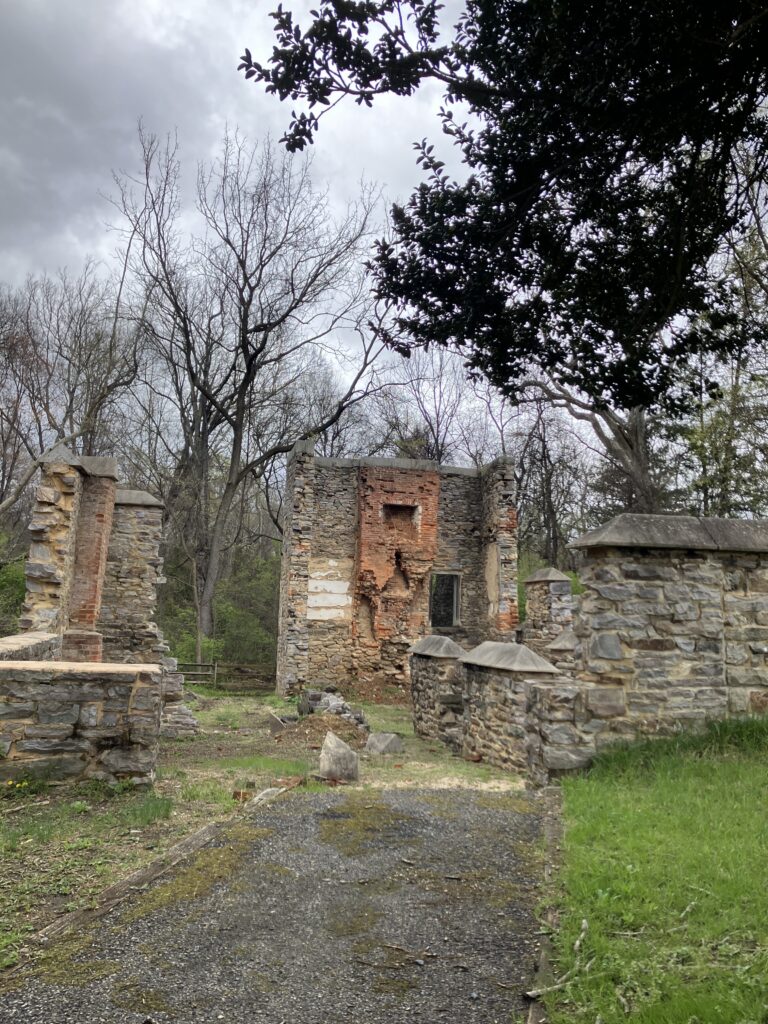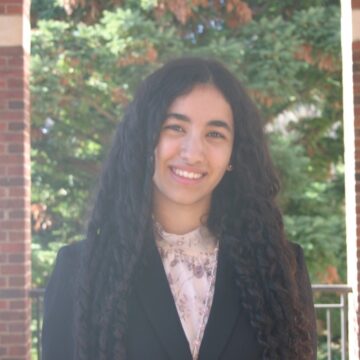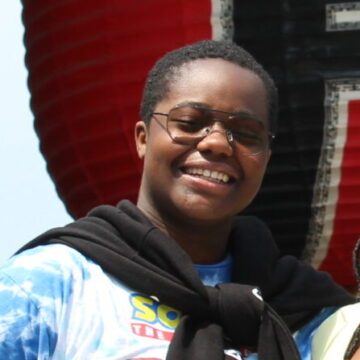
I had the opportunity to sit down and have a conversation with Dr. Rajiv McCoy, a Hopkins professor in the Department of Biology, during spring semester. I took his and Dr. Kyle Cunningham’s course titled Human Genome Variation (HGV), and we found ourselves seated next to each other on the bus for our field trip to Catoctin Furnace in Thurmont, MD (about an hour and 20 minutes from campus). In HGV, we explore the application of computer science to study genomes—the complete set of genetic material that helps to determine organisms’ traits and identity. This field, known as genomics, is concerned with studying human evolutionary history, biological traits, and health and disease. Dr. Cunningham and Dr. McCoy place a particular emphasis on contextualizing our studies in genomics in terms of broader social and ethical considerations. This is key because genomic studies oftentimes probe fundamental truths about life and society as we know it.
In this field trip, we visited Catoctin Furnace, a site near Baltimore where enslaved persons were forced to work and produce iron in the Colonial American period. Recently, collaborative work between archaeologists and genomics researchers has illuminated the ancestry and identities of individuals from the Catoctin Furnace community. The study was even able to identify present-day descendants of the Catoctin Furnace enslaved individuals. This work exemplifies the profound potential of genomics to help reclaim the histories of marginalized groups and amplify their voices.

My conversation with Dr. McCoy began by my asking him about his experience leading this field trip and teaching students about Catoctin Furnace. He described how he felt blessed to have the opportunity to share this story with students. Genomics research and its implications, he explained, can sometimes feel abstract or difficult to grasp for those without a scientific background. It’s not always easy to envision how genetic material is transmitted across generations at the population level. The history of Catoctin Furnace, however, offers a tangible, real-world example of how genomics can shed light on broader social realities and deepen our understanding of the world around us. Dr. McCoy described how being based in Baltimore provides us a unique opportunity to merge our understanding of genomics with a real-life view of what it was like to live and work at Catoctin. In his eyes, the experience can greatly deepen students’ appreciation for the lessons learned from the study, which is why it’s in the course program.
I also got the chance to speak to Dr. McCoy more broadly about his experience running his lab. Genomics is interdisciplinary by nature, and his lab studies a diverse array of questions at the heart of evolution and disease. He described how the work he does is at the intersection of computer science and biology and thus involves employing computational and technical skills in the context of living systems. I was curious to learn more about his experience with marrying these two disciplines, as well as how he manages a team where different members bring distinct things to the table.
I also expressed a feeling I’ve held for some time—of being intimidated by the demanding aspect of the technical skills involved in doing genomics studies. He found my concern to be totally valid, and shared his own journey in genomics research is perhaps more relatable than one might expect. He described how he originally came from a classical biology background, and when he entered his PhD at Stanford, he found himself faced with a need to adapt his skillset and increase the robustness of his computer science knowledge. He emphasized that this process, although not easy by any means, was accomplishable with a persistent and motivated mindset. Dr. McCoy strongly believes that anyone who wants to gain facility with genomics skills should feel empowered to do so and even shared some great online resources with me. He went on to share his appreciation for working with and mentoring Hopkins students, who are inquisitive, hard-working, and excited to learn and contribute to research.
My conversation with Dr. McCoy on the bus ride was quite enjoyable, and the pastoral Maryland countryside passing by in the background didn’t hurt. We went on to discuss my own interests in genomics, which have certainly developed and been informed by my experience in HGV. He was very open to hearing my ideas, and I left the conversation feeling excited for future studies in eye care and genomics as well as appreciative of the immense work being done at Hopkins.




